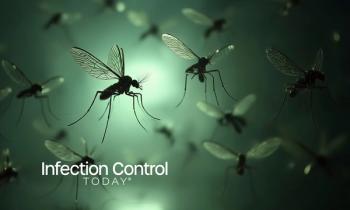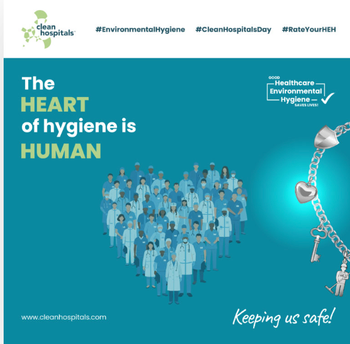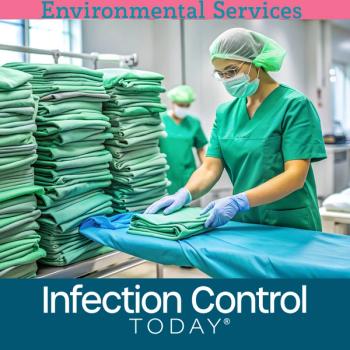
P&G Professional Offers School Cafeteria Workers Tips on Keeping Kitchens Germ-Free
CINCINNATI -- For millions of families all across America, the month of September means the start of a new school year. However, while teachers and students alike prepare to start the year with a clean slate, school cafeteria staffs, serving over 33 million lunches each day are gearing up for what promises to be nine months worth of kitchen messes. But in addition to being responsible for preparing nutritious selections to please a wide variety of tastes, cafeteria staffs also need to be wary of oversights in the kitchen that can lead to foodborne illnesses.
Recent estimates indicate that between 1990 and 1999, there were 292 outbreaks of food-borne illnesses in schools, causing 16,232 children to become sick. With schools being subsidized in part based on attendance, it's important to keep the student body healthy. Kitchen staffs can do their part by keeping the kitchen clean to reduce the risk of cross-contamination of pathogenic bacteria between hands, food ingredients and prepared dishes.
Sickness stemming from food preparation in schools often comes from Salmonella, E. coli or other bacteria brought into the kitchen from fresh food ingredients and transferred through cross-contamination. School kitchen staffs can play a big part in reducing the possibility of cross-contamination by reducing the amount of bacteria present through keeping the kitchen clean and guarding against the transfer of bacteria between raw food ingredients and prepared dishes.
According to Ann Wolff, a P&G microbiologist, teaching proper kitchen-cleaning habits, practicing safe food handling techniques and using bacteria-fighting cleaning chemicals strong enough to get the job done can play a major role in avoiding cross-contamination.
At the top of her list is the basic principle of handwashing. "Bacteria that can cause illness are often present on hands," Wolff says, "so it is important to wash them frequently and thoroughly throughout the day." Washing hands between each food preparation task also helps to minimize the transfer of bacteria during the steps of food preparation.
Bacteria can also be transferred from food-to-food or equipment-to-food. Wolff cautions that food-to-food contamination can happen when prepared foods are placed on improperly cleaned surfaces where raw foods have been. "As a result, it is crucial to clean, rinse and sanitize common food preparation surfaces like cutting boards to keep bacteria from one food from contaminating another," she says.
Other types of cross-contamination can result when stored ingredients come into contact with other stored ingredients. One solution is to ensure ingredients are stored separately, and safely sealed. However, proper storage involves more than proper containers: foods meant to remain cold should be stored at temperatures under 41 degrees Fahrenheit; foods meant to be hot should be held at temperatures above 140 degrees Fahrenheit; and all foods must be stored in food-grade packages, wrappings or containers. The third possibility of food contamination is equipment-to-food transfers. This occurs when food comes into contact with microorganisms left behind on unclean food preparation equipment. The best way to defend against this form of contamination is proper cleaning and sanitization that, in institutional settings, often involves the use of a three-compartment sink. The first sink compartment (the cleaning sink) should contain hot water between 120 degrees and 140 degrees Fahrenheit. In this step, the dish detergent helps break up baked-on food particles and softens dried grease so they can be washed off. The second sink (the rinsing sink) is where foodservice professionals attempt
to ensure all dish detergent has been removed from food surfaces and items are rinsed thoroughly. The final sink (the sanitation sink) is where pots, pans, and cooking utensils are sanitized.
Minimizing the threat of cross-contamination in schools requires members of the kitchen staff know the dangers of this type of contamination and how to practice safe food handling and preparation techniques. Solutions range from simply using separate cutting boards and utensils for cooked and uncooked foods, to a thorough and systematic cleaning of kitchen surfaces and in-place equipment including sinks, countertops, greasy exhaust hoods and floors after every use.
"While it is impossible to rid the kitchen of all microorganisms," Wolff adds, "applying these tips help provide a clean area for food preparation for the millions of school lunches prepared each day. Considering what is at stake, it's worth the extra effort to ensure the kitchen and foods prepared there are safe."
Source: P&G Professional
Newsletter
Stay prepared and protected with Infection Control Today's newsletter, delivering essential updates, best practices, and expert insights for infection preventionists.





